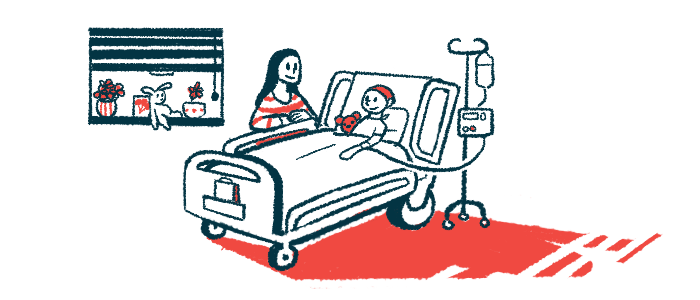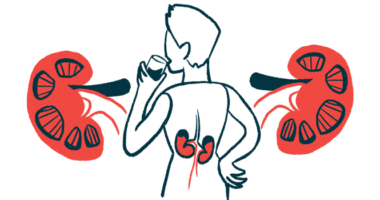Boy develops aHUS while receiving chemotherapy: Case report
Symptoms easy to be missed in cancer treatment, researchers say

A toddler developed atypical hemolytic uremic syndrome (aHUS) while receiving chemotherapy to treat cancer, according to a case report.
It’s easy for aHUS in cancer patients undergoing chemotherapy to be missed, since its symptoms are often mistakenly assumed to be complications caused by cancer or treatment, said the study’s authors, who emphasized the importance of appropriate testing when patients show potential aHUS symptoms.
The report, “Atypical hemolytic uremic syndrome during induction chemotherapy in neuroblastoma, a rare phenomenon or common congenital predisposition?,” was published in Pediatric Blood & Cancer.
aHUS is a rare disorder characterized by the formation of blood clots inside blood vessels, leading to organ damage. Most people with aHUS have underlying mutations in genes important for the regulation of the complement cascade, a part of the immune system that becomes overactive in aHUS. But mutations usually don’t cause aHUS outright. In most cases, a trigger, such as an infection, cancer, or chemotherapy, is needed for the disease to manifest.
The researchers reported the case of a 13-month-old boy who had been diagnosed with neuroblastoma, a type of cancer that develops from immature nerve cells (most commonly in and around the adrenal glands), that had already spread to multiple parts of the body.
Creatine increase, low sodium
After the diagnosis was established, the boy was started on chemotherapy with the agents topotecan and cyclophosphamide.
Shortly after starting chemotherapy, lab tests revealed an increase in creatinine, a marker of kidney dysfunction, as well as unusually low sodium levels. These abnormalities were initially assumed to be side effects of the chemotherapy. But soon after, the boy developed oliguria (unusually low urine output) and hypertension (high blood pressure) that didn’t respond to standard treatments.
Further lab tests showed signs of red blood cell destruction and elevated levels of the complement markers CH50 and sC5b-9, which are indicative of aHUS. This prompted genetic testing, which revealed the boy carried a mutation in an aHUS-related gene called CFH.
After tests indicated the presence of aHUS, the boy was started on Soliris (eculizumab), an approved aHUS treatment. After the first few doses, CH50 levels decreased and kidney function stabilized, indicating his aHUS was under control.
But physicians were faced with a quandary: The boy still needed to undergo chemotherapy to manage his cancer, but there was the risk that further cycles of chemotherapy could cause aHUS to relapse. Owing to the major risks of leaving cancer untreated, clinicians opted for a more intensive Soliris regimen — switching from standard every-other-week infusions to weekly and twice weekly infusions — while the patient underwent further rounds of cancer treatment, including chemotherapy, surgery, and then a stem cell transplant.
His aHUS remained well controlled throughout the cancer treatments, which successfully drove his cancer into remission. Once cancer treatments were over, he was switched back to standard, every-other-week Soliris dosing. A few months later he switched from Soliris to the newer aHUS approved treatment Ultomiris (ravulizumab-cwvz).
More than a year later, he has shown no signs of either cancer or aHUS recurrence.
Noting that the boy’s aHUS symptoms were initially dismissed as a cancer complication or a chemotherapy side effect, researchers said that aHUS-related neuroblastoma is “possibly a more common phenomenon than previously appreciated,” emphasizing the importance of testing patients who show signs of this potentially serious disease.







